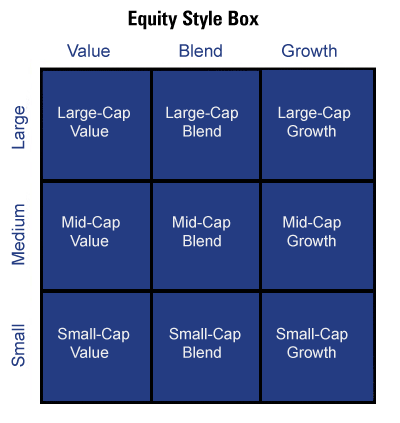Investors beware of managers that use a great deal of industry lingo such as “hedging instruments, yield enhancement methods, risk adjusted rates of return, derivative strategies, etc.”
I find that too many managers use industry lingo to confuse clients, make it sound like they are doing something special for their clients, and ultimately those managers use industry speak to justify charging a higher management fee.

Those fancy words can cost the investor a great deal over the long haul.
Remember that simplistic/consistent portfolio management beats “sophisticated/complex” strategies a lot more often than not over long-term periods, especially when management fees are taking into account.
The most common problem or mistake I see among prospective clients or investors is not having the correct asset allocation in their portfolio(s).
What do I mean when I say “asset allocation?” When I say “asset allocation” I mean the mix of stocks, bonds, and cash within a portfolio.
Too often investor’s get caught up in the decision between buying JP Morgan vs. Wells Fargo stock, or Microsoft vs. Apple stock, or Pfizer vs. Merck stock. While those are important decisions, the many decisions leading there are much more important.
What investors fail to remember is that asset classes generally move together. Think about Monday-Wednesday this week (2/15-2/17) stocks broadly rose all three days, finding a stock in the red any of those days was an outlier. The same broad movement behavior continues when looking at longer periods and also when breaking asset classes down into more specific criteria.
By the time an investor gets to the decision between buying JP Morgan or Wells Fargo, they should have already answered the following questions.
-
What percentage of the total portfolio should be in stocks? ( Most Important Question)
-
What percentage of stocks should be US companies, Foreign Developed, Emerging, etc.?
-
What percentage of stocks should be in the different style categories of stocks? (See Equity Style Box below)
-
What percentage of stocks should be in the different sectors of stocks? (Financials, Consumer Staples, Tech, etc.)
-
Is this particular stock a good representative of its category, or is it a possible negative outlier?
Understanding the above questions and answering them, the investor should realize that JP Morgan and Wells Fargo stock are likely to perform very similarly over the next 12 months assuming neither is an outlier.

Assuming an investor can build a broad portfolio of exposure to stocks and a broad portfolio of bonds within the greater portfolio, the weighting of stocks to bonds is significantly more important to performance than the selection of individual stock and bond holdings.
Determinants for Portfolio Performance
-
Most Important: allocation of stocks to bonds to cash
-
2nd Most Important: allocation of different countries, styles, and sectors
-
Least Important: decision between individual securities which match in criteria (outlier exception)

